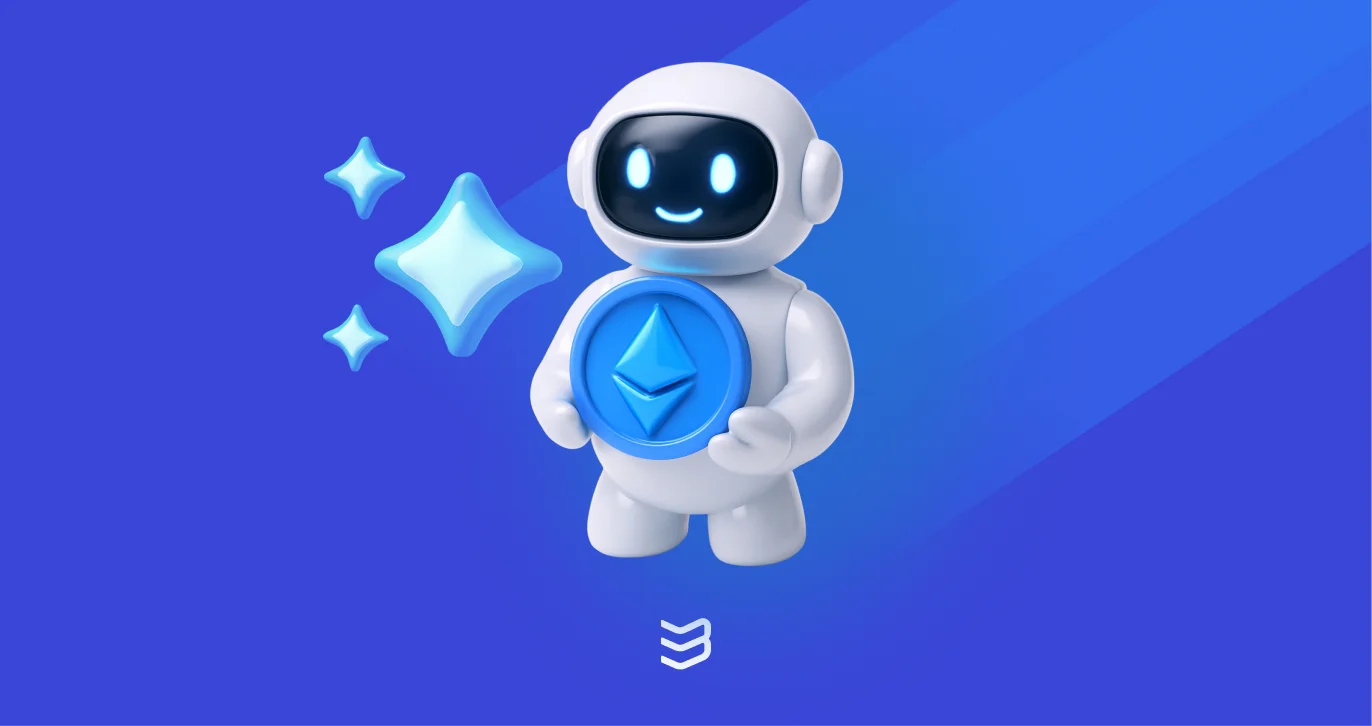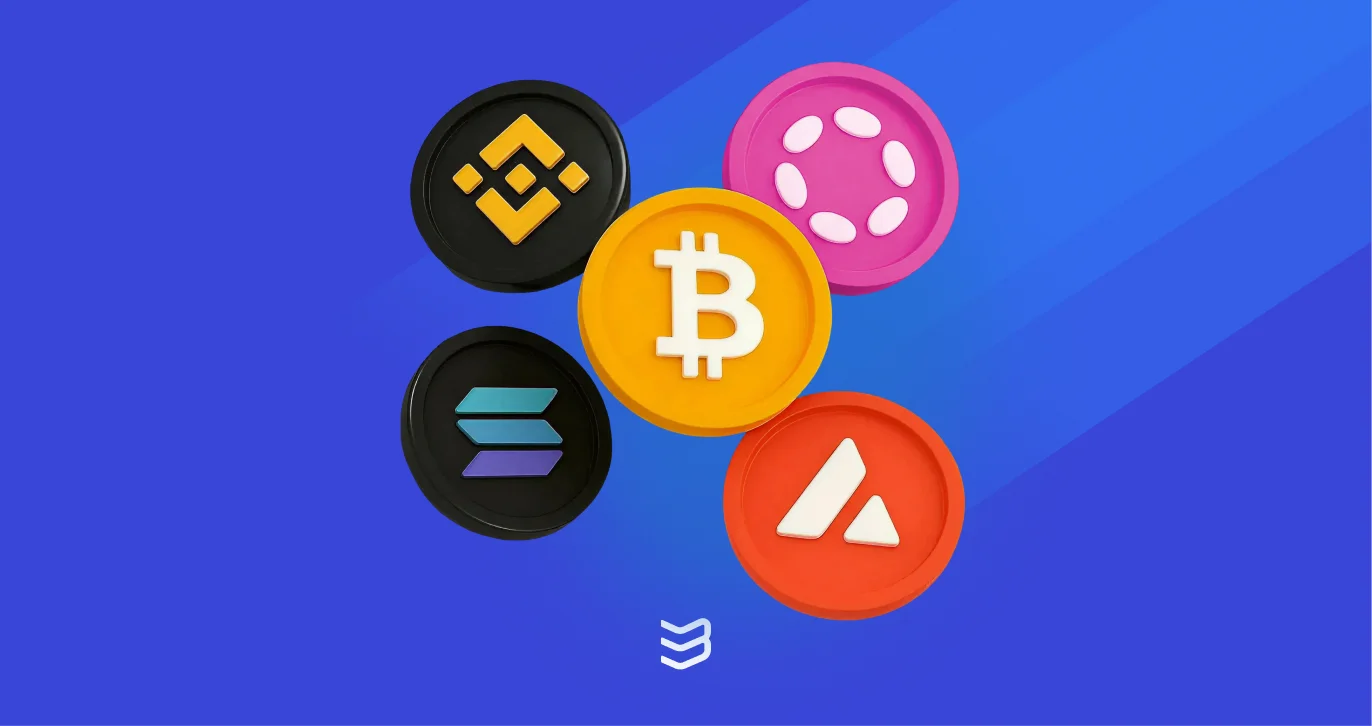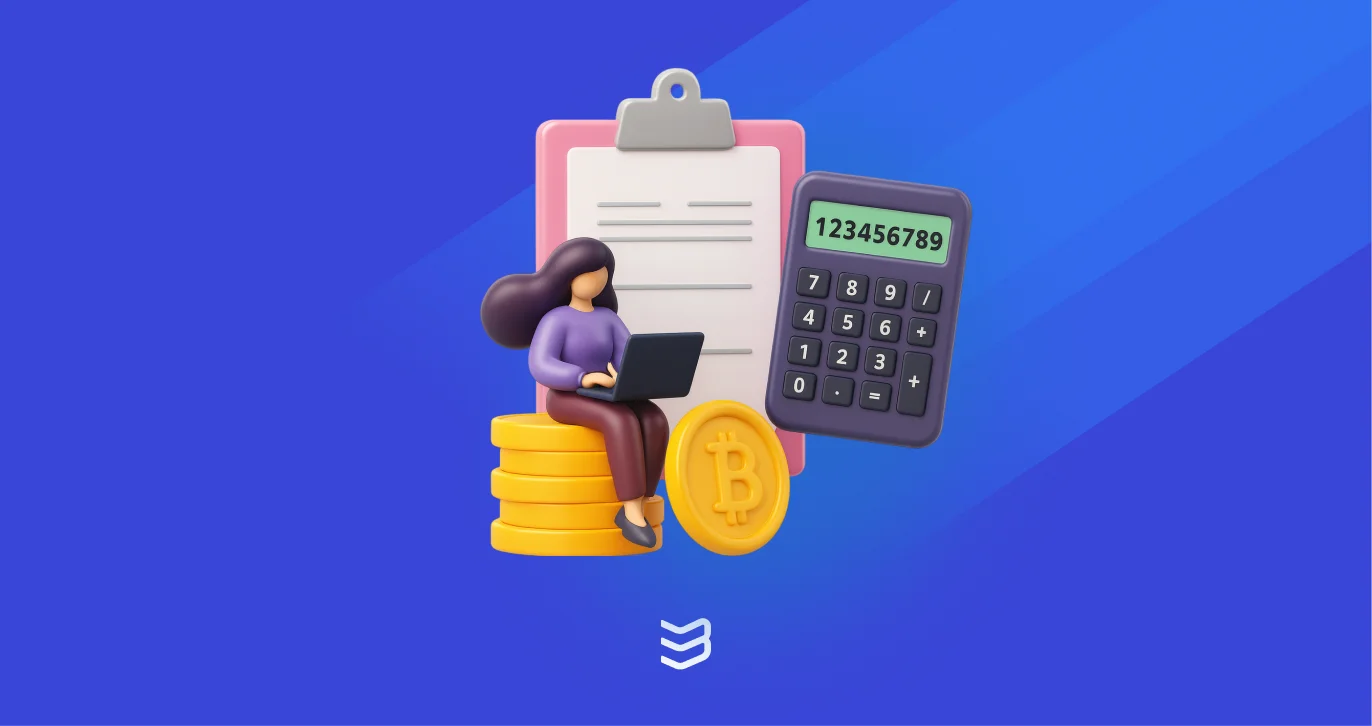tl;dr
- In 2025, AI and blockchain are dominating public attention due to advancements like OpenAI, Google’s Gemini, Grok, and Bitcoin’s price surge.
- AI and blockchain are complementary: AI analyzes data and executes strategies, while blockchain provides transparency, automation, and permissionless access.
- Their convergence in DeFi could enhance efficiency, with AI agents optimizing liquidity, detecting arbitrage, and managing portfolios autonomously.
The Convergence of AI and Blockchain in DeFi
In 2025, both AI and blockchain technology are dominating the public consciousness following the rise of OpenAI, Google’s Gemini, and Grok, alongside Bitcoin’s explosive price growth.
These two technologies are increasingly seen as complementary forces driving the next digital revolution. AI’s ability to analyze vast datasets, identify trends, and execute complex strategies aligns perfectly with blockchain’s transparency, automation, and permissionless infrastructure. In DeFi, this convergence could unlock new levels of efficiency and intelligence.
AI agents, capable of autonomous trading and adaptive decision-making, may soon optimize liquidity pools, detect arbitrage opportunities, and manage portfolios in real time without human input. As DeFi evolves, the synergy between AI’s predictive power and blockchain’s decentralized trust layer could redefine how capital flows across the internet.
In this article, we will explore how AI and blockchain together are reshaping the future of decentralized finance.
Understanding DeFi Trading: A Quick Overview
DeFi began with the launch of Bancor in 2017 and Uniswap in 2018. These platforms were the first modern AMM (Automated Market Maker) DEXs enabling permissionless on-chain trading. DEXs marked a turning point, allowing anyone to trade directly on the blockchain without intermediaries.
Since then, DeFi has evolved beyond simple exchanges into a broad ecosystem mirroring traditional finance. Today, it includes yield farming, lending protocols, insurance platforms, cross-chain bridges, and more.
DeFi has transformed how users interact with financial systems and trade, offering global accessibility, transparency, and control over their assets.
What Are AI Agents and How Do They Work in Blockchain?
AI agents differ from Large Language Models (LLMs) like ChatGPT in autonomy and capability. While LLMs generate text and respond to prompts, AI agents act independently, making decisions, executing actions, and learning from outcomes. LLMs are passive; AI agents are active participants that can manage complex, real-world tasks.
How AI Agents Work
AI agents are autonomous software entities designed to sense, analyze, and act within their environments. Using machine learning and reinforcement learning, they can adapt based on data or feedback. They perform tasks such as scheduling, trading, or data monitoring with minimal human input.
Unlike traditional software, AI agents can reason, make decisions, and operate continuously, reacting to real-time changes.
How AI Agents Work in Blockchain
In blockchain, AI agents autonomously interact with decentralized networks. They analyze on-chain data, identify opportunities, and execute smart contract actions such as trading, yield farming, or governance participation.
By leveraging blockchain’s transparency and immutability, every agent action is auditable and trustless.
These agents enable 24/7 DeFi automation, enhance DAO operations, and drive efficient, intelligent, and transparent financial ecosystems.
Key Ways AI Agents Are Transforming DeFi Trading
AI agents are capable of operating around the clock, analyzing vast datasets, and executing complex strategies without human intervention. Here are several key ways these agents can change DeFi.
Automated Market Analysis and Prediction
AI agents can process real-time blockchain data, news feeds, and sentiment indicators to identify market trends before they become obvious to human traders. Using predictive analytics and machine learning models, they forecast price movements, detect arbitrage opportunities, and optimize entry or exit points for maximum returns.
Enhanced Risk Management and Fraud Detection
These agents continuously monitor wallet activity, liquidity pools, and smart contract interactions to flag anomalies, detect potential exploits, and assess systemic risk. Their ability to analyze massive datasets enables early identification of suspicious behaviors—reducing exposure to hacks or market manipulation.
Personalized Trading Strategies
AI agents tailor strategies to individual traders’ risk tolerance and portfolio goals. They can dynamically adjust allocations, rebalance portfolios, and optimize staking or yield-farming positions based on real-time performance and user preferences.
Optimized Liquidity Provision and Yield Farming
AI agents analyze on-chain liquidity, token prices, and protocol incentives to allocate capital efficiently. They can shift funds between liquidity pools or yield farms automatically, maximizing returns while minimizing impermanent loss.
Real-World Examples of AI Agents in DeFi Platforms

As of 2025, AI agents are already making an impact in DeFi, with automating trading, managing liquidity, and simplifying complex strategies.
Virtuals Protocol is one example. It’s an AI-powered ecosystem that connects across multiple blockchains to handle DeFi tasks like trading and liquidity optimization automatically, saving users time and effort.
ChainGPT offers a suite of AI tools for both traders and developers, including a Web3 chatbot, trading assistant, and smart contract auditor that deliver real-time insights and automation.
Traia by DcentraLab is another exciting project in development, aiming to bring intelligent, autonomous portfolio management to DeFi.
The Challenges and Limitations of Integrating AI in DeFi
Integrating AI in DeFi presents several challenges and limitations that must be carefully managed for effective and secure deployment.
Security and Vulnerabilities
Blending AI with DeFi introduces new security risks. AI models can be exploited or manipulated, especially if attackers identify weaknesses in their algorithms. Poorly designed trading bots might also amplify losses during market volatility, making robust safeguards and human oversight essential.
Lack of Transparency and Explainability
AI often operates as a “black box,” meaning its decision-making process is difficult to interpret. In DeFi, where transparency is a core principle, this opacity can erode user trust. If traders or auditors can’t understand how an AI agent makes on-chain decisions, adoption may slow significantly.
Data Privacy and Governance
AI systems rely on large amounts of data to function effectively, but collecting and using this data can conflict with DeFi’s focus on decentralization and privacy. Ensuring compliance, user consent, and secure data handling remains a delicate balance in open blockchain ecosystems.
Technical Integration Complexity
Incorporating AI into DeFi infrastructure requires deep technical skill. Decentralized systems are inherently complex, and maintaining consistent performance, uptime, and interoperability across protocols adds further challenges.
Ethical and Operational Risks
Autonomous AI agents raise tough questions about accountability. If an AI makes a poor trade or causes losses, who is responsible? Establishing ethical and operational standards for AI behavior in DeFi is still an evolving conversation.






